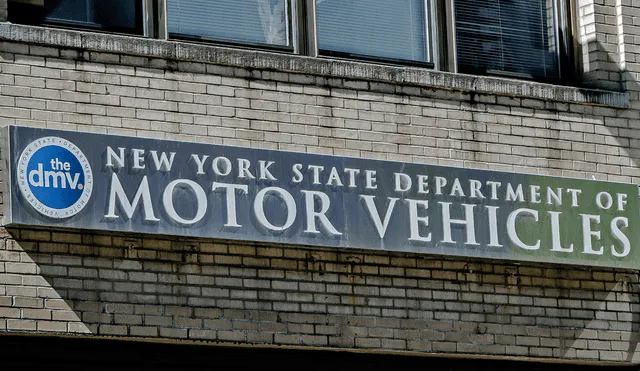Attention New York Drivers! Breaking this traffic rule could cost you up to $850
The price of the fine may vary depending on the gravity of the situation.

In wintertime, New York City's Road Safety is a priority, due to extreme weather conditions. That is why "The city that never sleeps" implemented the "3-inch rule", a regulation that requires drivers to remove any accumulation of snow, sleet, or hail exceeding three inches from their vehicles before driving. The measure aims to prevent accidents caused by ice blocks that may detach and impact other vehicles on the road.

The "3-inch rule" could cost you a fine up to $850. Photo: Rosenblun Law
The cost of not complying with this rule is not insignificant. Fines start at $150 and can rise up to $850, depending on the severity of the incident. However, the regulation includes certain exceptions and preventive measures that drivers should be aware of to avoid issues on the road. Below, we explain what this law entails, when it doesn't apply, and the best practices for safe driving during winter.
What is the '3-inch rule' in New York?
The "3-inch rule" was first implemented in December 2019, with the goal of reducing risk associated with snow and ice accumulated in vehicles. This rule establishes that any driver with a vehicle with more than 3 inches of accumulation on the roof, windshield, or cargo areas must remove it before driving. The aim is to prevent ice from detaching during travel, which could lead to accidents, property damage, or injuries.
Exceptions to the "3-inch rule"
Even though this regulation is very strict, there are some specific situations that could exempt you from paying the fine. Drivers must know these reasons to avoid unfair sanctions and confusion. Among the main reasons that make the "3-inch rule" void are:
- During active precipitation: If it is snowing, sleeting, or hailing at the time, the regulations do not require drivers to stop to clean the vehicle.
- Three hours after the storm: Cars are not subject to this law for the first three hours after the precipitation stops. This time frame allows drivers to carry out the cleaning safely and without rushing.
- Parked Vehicles: The rule does not apply to cars that are parked or out of operation. However, when you start to drive the vehicle, the driver must ensure that he has complied with the regulations.
- Emergency vehicles: Any vehicle belonging to security forces, firefighters or ambulances are exempt from this obligation when they operate in adverse weather conditions.
Tips to avoid fines in New York City
To fulfill the "3-inch rule" and to ensure safe driving during winter, it is very important to follow these recommendations:
- Keep your vehicle clean: Clearing only the windshield is not enough. Remove snow from the roof, hood, side windows, and rear section to prevent hazardous detachment.
- Keep Proper Tools Handy: Always carry a snow shovel, an ice scraper, and a brush to efficiently clean your vehicle.
- Check Your Tires: Ensure your tires are suitable for snow or ice. Good traction is essential for maintaining control on slippery surfaces.
- Warm up the engine before driving: Start the car at least five to ten minutes before your journey to ensure the heating system works properly and to clear fog or frost from the windows.
- Check the brakes and steering: Winter conditions increase the risk of skidding. A well-maintained braking and steering system can make a significant difference in emergency situations.
- Document any incident: If you receive a fine you believe is unfair, take photos of your vehicle’s condition and the weather conditions to support a possible appeal.

